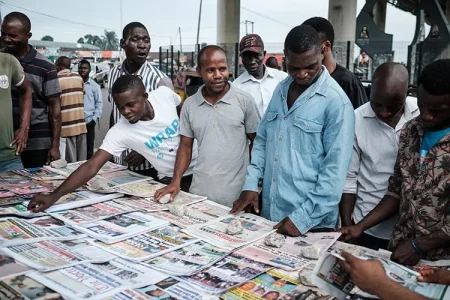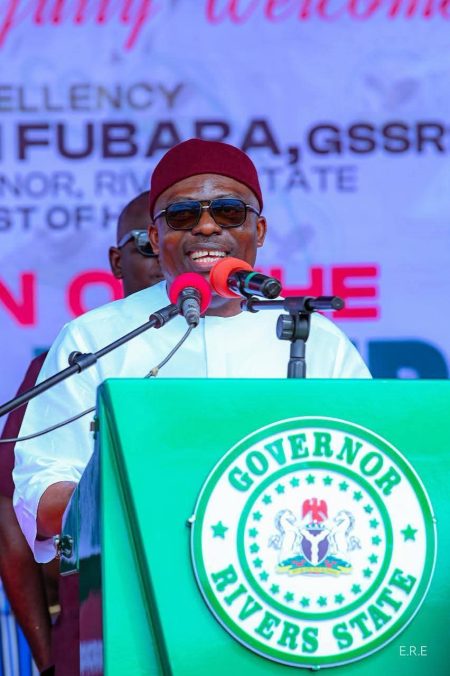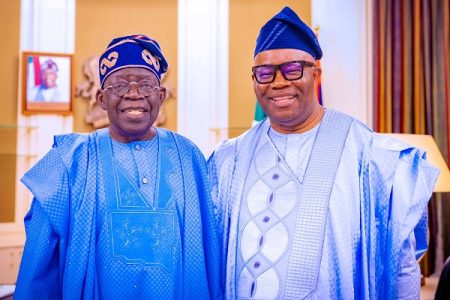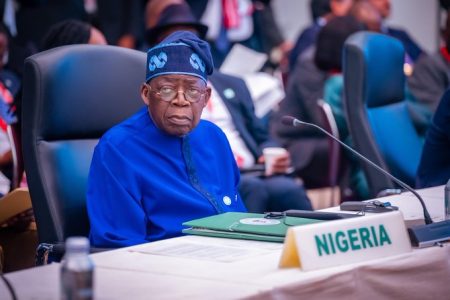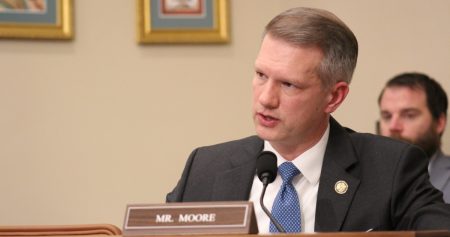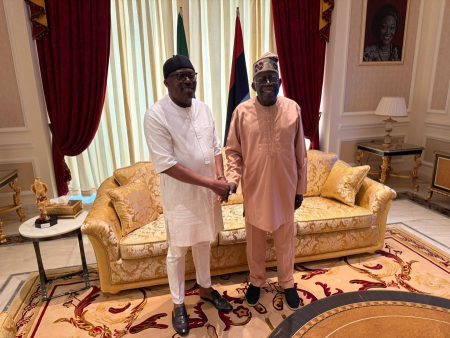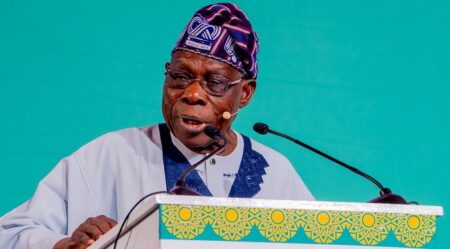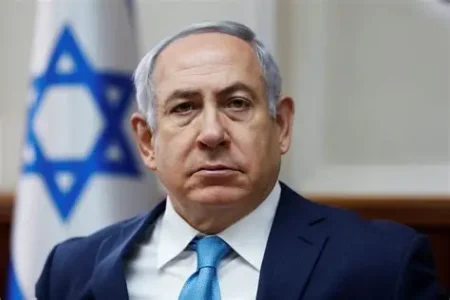By Helen Okechukwu, Fatimah Idera For millions of Nigerians, regular news of banditry, abduction, kidnapping, family displacement, accidents, and the…
Browsing: Featured
Governor Fubara Siminalayi of Rivers State, has announced is defection from People’s Democratic Party (PDP) to the All Progressives Congress…
The Nigerian Senate has approved President Bola Tinubu’s call for Nigerian troops to be deployed to the Republic of Benin,…
President Bola Tinubu has formally requested the Nigerian Senate’s consent for the deployment of Nigerian military forces to the Republic…
United States Congressman Riley Moore says “much work still to be done” after holding talks with Nigeria’s National Security Adviser,…
Rivers State Governor Siminalayi Fubara is holding a private meeting with President Bola Tinubu at the Presidential Villa in Abuja.…
Obasanjo recalled visiting Maiduguri in 2011 to understand Boko Haram’s motivations and leadership.
Benjamin Netanyahu has said the first stage of the UN‑endorsed Gaza ceasefire plan is close to completion, insisting that the…
French President Emmanuel Macron has assured President Bola Tinubu that France will deepen its cooperation with Nigeria in responding to…
Military officers in Benin Republic have seized power, declaring the federal government dissolved in a televised broadcast on Sunday. The…


